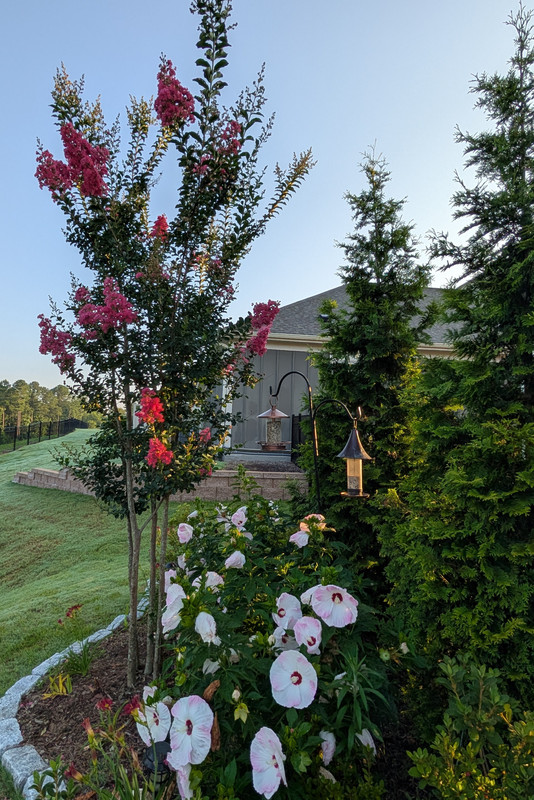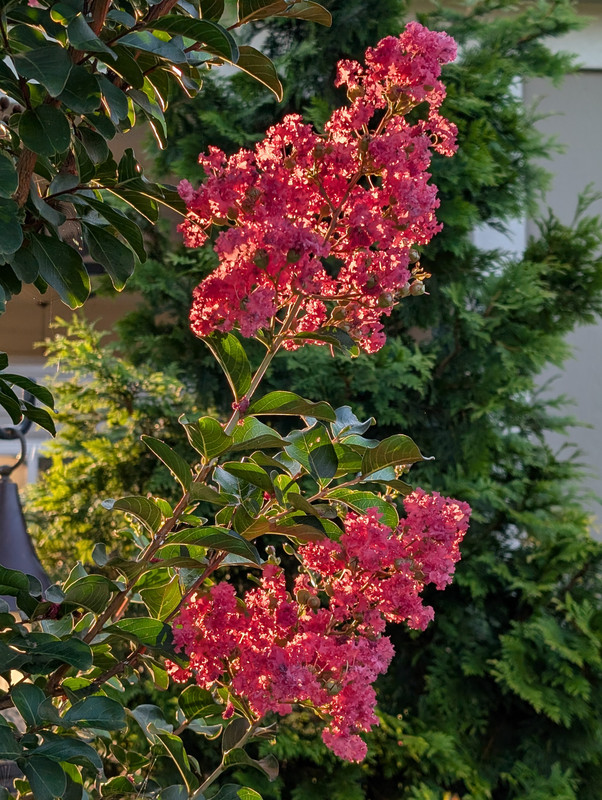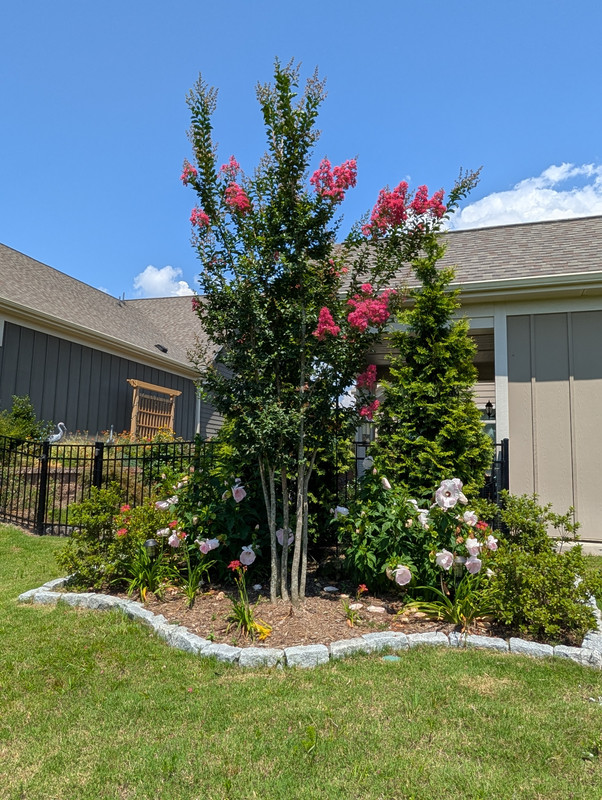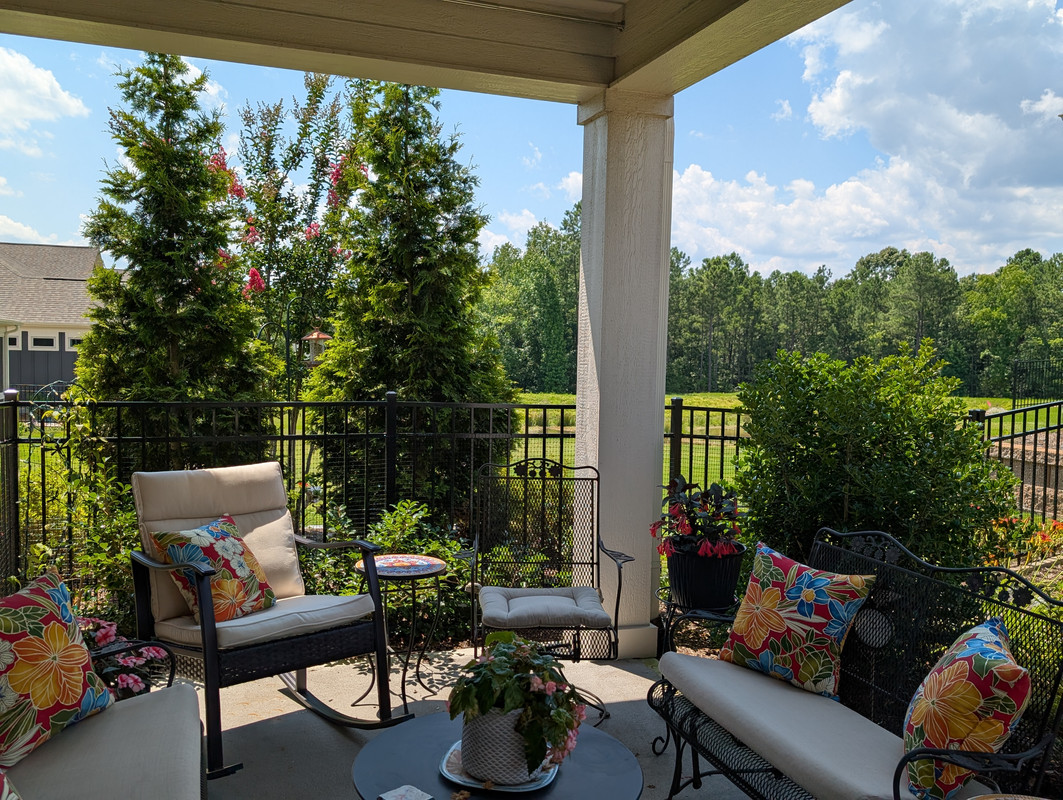Gardening
Related: About this forumHaven't seen any yet, but this is interesting.
The first Crepe Myrtles introduced to North America may have come through the port of Norfolk in Virginia or South Carolina in the 1700s. However, no one knows who brought the first specimens to the United States. They are typically in various kaleidoscope color schemes, flowering from summer to fall. Although native to China, the species name Indica indicates that the plant may have originated in the Indian subcontinent. When Europeans first encountered crape myrtle in India, they assumed it was native to that location.
Colorful and long-lasting flowers appear in summer, while branches and trunk display a mottled appearance from bark that sheds throughout the year. Most are small to medium, multiple-trunked trees and shrubs. Flowers flourish with a crêpe-like texture—varying colors of deep purple to red to white, with a variance of color in between.
eppur_se_muova
(39,552 posts)BTW, don't rely too much on place names in Linnaean binomials. They're often based on inaccurate/incomplete information.
https://en.wikipedia.org/wiki/Lagerstroemia
elleng
(140,275 posts)mnhtnbb
(32,670 posts)planted crape myrtles in the front yard of every house in the first phase of 93 homes here in Durham, NC. Different varieties and different colors. I transplanted mine (they transplant well because they are very shallow rooted) about 18 months ago when I redid my front yard and it is just about to bloom.
A year ago I put in another crape myrtle (Tuscarora) to replace a Chinese snow fringe tree which died. You can't kill crape myrtles! This one is in back of my house, as part of landscaping to give my courtyard privacy from the view of other houses, perpendicular to mine. There are also six azaleas in the grouping--to bloom in the spring--and two Virginians arborvitae to provide a year round green screen. The houses surround a view of a retention pond. Paired with this crape myrtle are two perennial hibiscus, which bloom all summer.

Close up of the crape myrtle flower

When the sun comes around this afternoon to the west--which will then be shining on this grouping-- I'll take another shot to show the entire bed up against my courtyard.
You might find this article on the history of crape myrtles interesting. https://garden.org/learn/articles/view/4220/A-History-of-the-Crepe-Myrtle/
elleng
(140,275 posts)What the five neighboring houses see from down the hill

What I see from my courtyard-- the pond is in front of the tree line in the distance-- and the five neighboring houses to the left are lined up down the hill, facing the pond.
